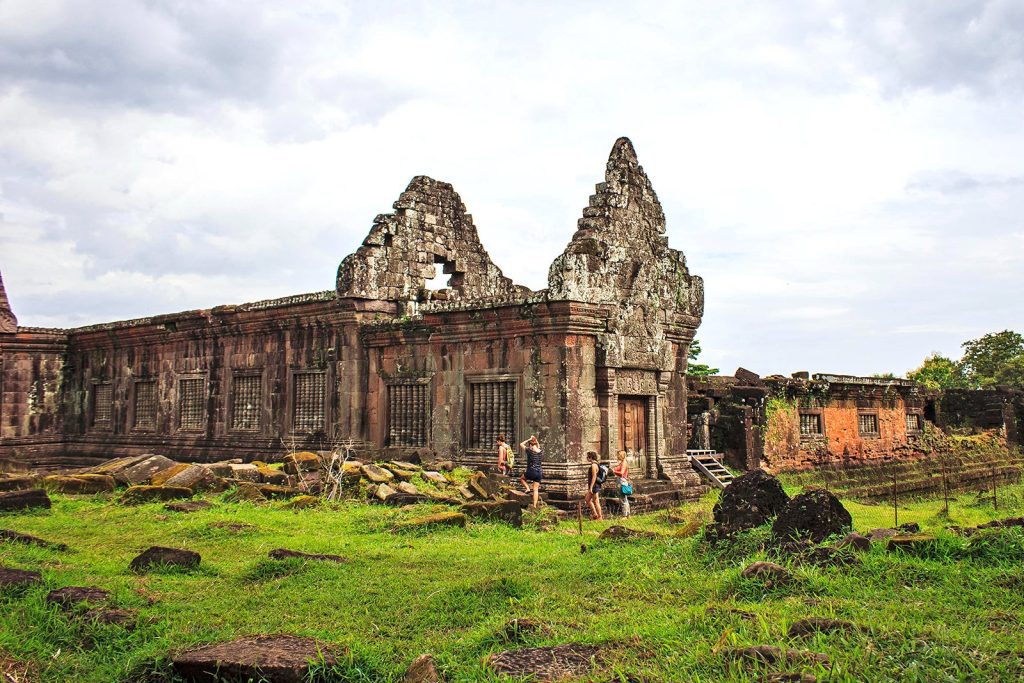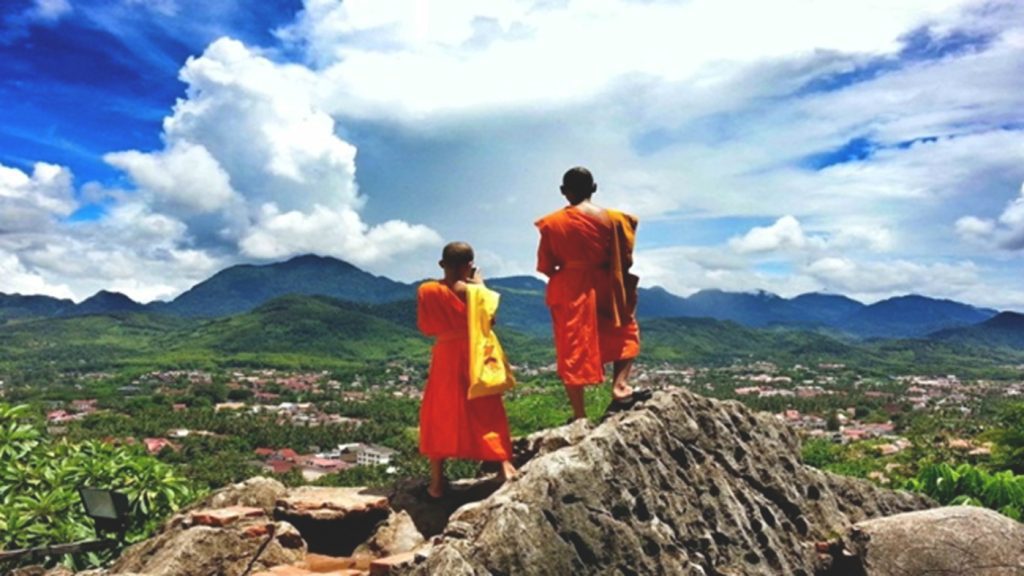Xieng Khouang Province Overview
Xieng Khouang Province lies on the mountainous Tran-ninh plateau. It rises more than 1,000 meters above sea level and generally enjoys mild temperatures. Nevertheless, winters can be surprisingly cold. In contrast, Kham District is a low-lying basin situated around 600 meters above sea level.
Geographical Significance
Xieng Khouang is strategically positioned among mountain ranges, featuring Phou Bia, the highest peak in Laos at 2,700 meters. The province sits at a crucial crossroads, connecting traffic from central Vietnam and northeast Thailand. Historically, Siam and Vietnam have competed for control over this area.
Borders and Neighboring Regions
Xieng Khouang borders Houaphanh, Luang Prabang, Vientiane, and Bolikhamxay provinces. Additionally, it shares an international border with Vietnam. The province is home to diverse ethnic groups, such as the Thai Phuan, Hmong, Khmu, and Tai Dam.
Historical Context
After World War II, the French used Muang Khoun (now Xieng Khouang Town) as their provincial capital. Some colonial buildings, including the governor’s residence, church, and French school, remain as ruins.
Modern Developments
Phonsavanh, the new provincial capital, is located in Paek District. It attracts both national and international tourists eager to explore Xieng Khouang’s natural, historical, and archaeological sites. Furthermore, the new airport in Phonsavanh offers regular flights from Vientiane Capital via Lao Airlines.
Attractions
Plain of Jars
The Plain of Jars is a notable prehistoric site featuring stone megaliths that draw thousands of visitors annually. This site holds immense archaeological significance and is linked to the Standing Stones of Hintang in nearby Houaphanh Province.
Archaeological Studies
Researchers are currently studying the prehistoric material found at the Plain of Jars. Some artifacts date back to 2000 BC, while most finds, including the jars, are from the early Iron Age (500 BC to 500-800 AD).
Historical Insights
Although details about the creators of the megalithic jars are scarce, the Muang Puan Chronicles provide valuable historical context. The Tai Puan, a Buddhist Tai-Lao ethnic group, migrated from what is now southern China and established an independent principality at the Plain of Jars by the 13th century. They prospered through trade in metals and forest products.
Impact of Conflict
During the Second Indochina War (1960s-1970s), Xieng Khouang experienced heavy aerial bombardment and intense ground battles due to its strategic importance. This conflict resulted in a dangerous legacy of unexploded ordnance (UXO), which is still being cleared today. Since Laos gained independence in 1975, Xieng Khouang and the Plain of Jars have enjoyed peace and stability.
Visiting the Ruins
The original capital, Muong Khoun, was heavily damaged by US bombing. As a result, the capital moved to Phonsavanh. Although most Buddhist temples in Muong Khoun, built between the 16th and 19th centuries, were destroyed, Vat Pia Vat survived and is open to visitors. Additionally, the Xieng Khouang Provincial Museum offers a fascinating glimpse into the area’s history.


